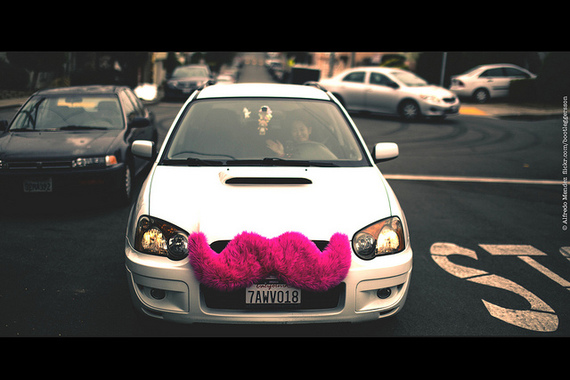By Nishat Kurwa (nishatjaan)
 Photo Credit/Flickr: Tribute/Homenaje
Photo Credit/Flickr: Tribute/Homenaje
The online car service marketplace is already valued in the billions of dollars. But to keep growing, its leading companies may need to get better at managing customer perceptions around variable, or "surge," pricing -- and who it benefits.
Here's a more familiar paradigm for the issue: say that on Christmas Day, it costs you $660 to fly 400 miles from SFO to LAX. The same flight two weeks later? $58.
Is the airline price gouging? Or simply capitalizing on market demand?
In a tongue-in-cheek Tweet over the holidays, Uber CEO Travis Kalanick used the aviation industry example to point out that it's generally accepted that flights are exorbitant during the high-demand holiday travel season.
But when it comes to Kalanick's online car service, customers have steadily attacked its surge pricing policies since they were instituted about a year ago. And for his part, Kalanick has steadily maintained that surge pricing is simply a response to market demand. During the wee hours of New Year's revelry, for instance, an Uber ride might cost three times the normal rate (a ride from San Francisco's Noe Valley to the Embarcadero for $60) to incentivize more drivers to get on the road.
When dissatisfied customers complain, Kalanick's rejoinder (and it's one that sometimes elicits an apology from sheepish users) is often to highlight Uber's transparency around its surge pricing. When you open the app and request a car during high-demand periods, you'll see a "surge multiple" screen that warns you about what you're getting into ("3x more than the normal Uber rate"). But there's another step during those periods when a customer's judgement might be a bit hazy: a "Surge Sobriety Test" that requires you to type in the surge multiple yourself, to actively prove that you understand the terms of the ride.
Kalanick has said that his customers are just "getting used to dynamic pricing in (ground) transportation," and that they'll acclimate as the company educates users about its policies -- policies that are likely here to stay.
But another factor that might be shaping consumer attitudes about surge pricing is whether drivers benefit from the price hikes, and who those drivers are in the first place.
In the case of Uber, its black cars and taxis are operated by professional drivers, and Uber takes a 20 percent cut of all transactions, even when its surge pricing is in effect.
Uber competitor Lyft recently announced "Prime Time Tips," which also escalates rates during high-demand periods. But there's a key difference, and it's what Lyft does with the extra cash: passes the entirety of the increase on to drivers.
And one of Lyft's biggest differentiators is who those drivers are: the ridesharing service is based on a "collaborative consumption" model, allowing non-professional drivers to use their personal vehicles to make extra cash. Lyft's passengers ride shotgun, not in the backseat, and are encouraged to plug in their own iPods. A PR rep called Lyft's drivers "your friend with a car" -- and the "awesome community" of drivers and passengers is a big part of the company's pitch.
It worked on my brother, a Lyft aficionado who appreciates that drivers benefit from the company's variable pricing. "Uber is like, more of a business transaction, and Lyft feels more like a social interaction," he told me as we weighed the benefits of the fuzzy pink-mustachioed cars over Uber's slicker service. "Some people just want a ride home, and don't want to have to fist bump the driver. But I prefer Lyft because you get a ride, and you also get to hear someone's story."
I talked to another car service user who prefers Uber for a different kind of solidarity: with cabbies, a sector she cares about more than Lyft's "startup people, caterers" -- people for whom driving is a side hustle.
Stern School of Business Professor Arun Sundararajan says we may see an overall shift in consumer attitudes toward surge pricing in the coming year, as the ridesharing market "thickens," with more supply coming online, and less volatile price swings.
But given the brand loyalty already being cultivated by these companies, Sundararajan says "messaging around redistribution could be very helpful here...more than, 'we're making more money off of this' (price surge)."